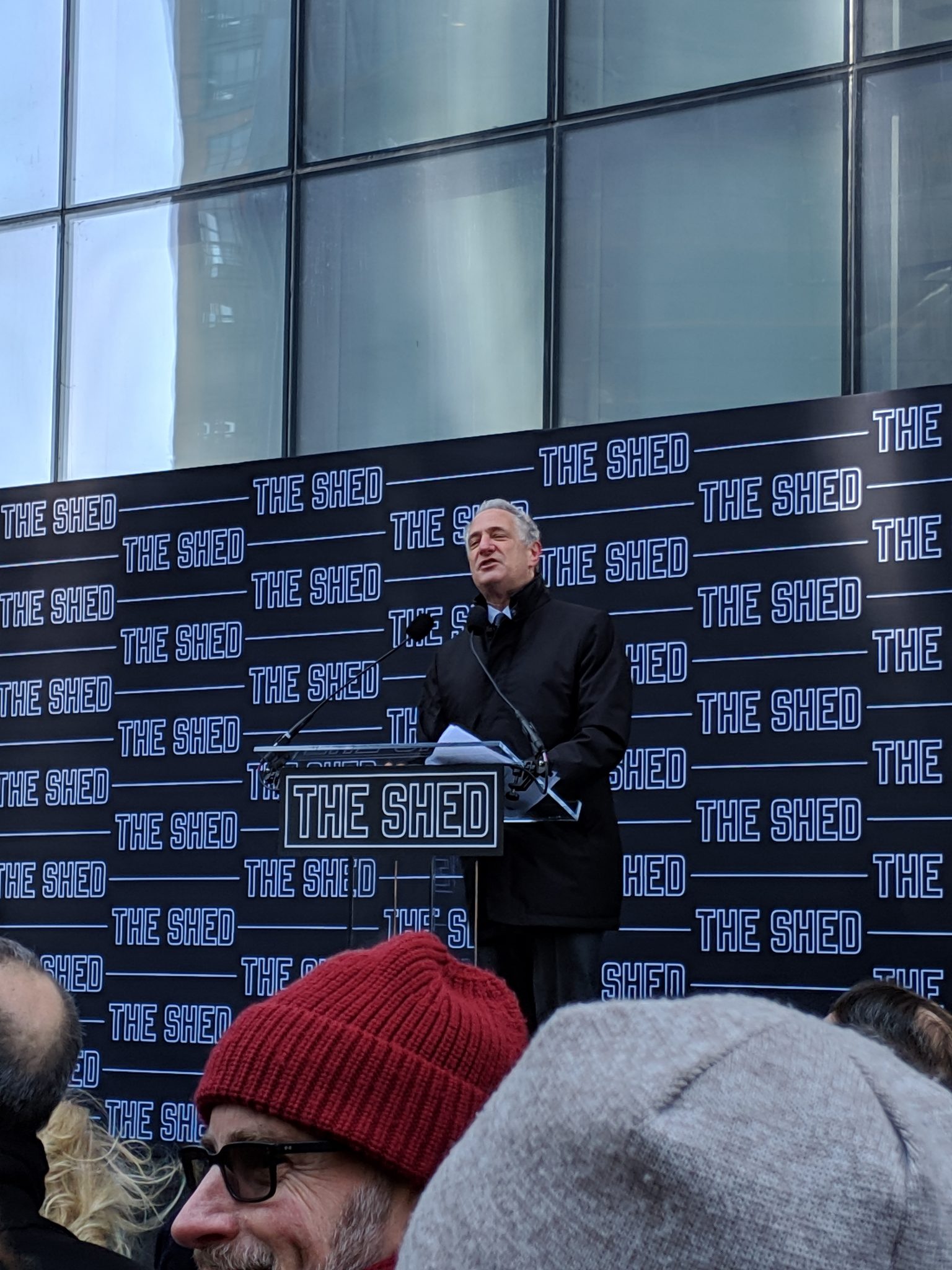To some extent, this blog has been about demystifying venture capital and in particular me and the firm I work at, USV.
There are many reasons why I think that is a useful exercise. When I got into the VC business in the mid 80s, it was a fairly opaque business and that did not change a lot over the next 15 years. When the Internet came along, it promised more transparency and I thought that using the Internet to help facilitate more understanding about VC was a good idea.
But also it was, and is, a self interested move. I believe that entrepreneurs are more likely to take money from a firm that they feel like they know, like, and trust. And in the hyper-competitive world of startup finance, being an open book can pay huge dividends. We have seen that to be true again and again.
So understanding your investors is important and reading VC blogs is a good way to increase your understanding of the people who may invest or have invested in your company.
One area that entrepreneurs should take some time to understand is the way that VC funds are structured. The economic terms (management fee and carry) and the durability of the capital (investment period, fund life) are particularly important as they will influence the behavior of your investors.
I have written a fair bit about these issues here at AVC as have others like Brad Feld.
One area where fund structures are different is in the crypto sector. Because crypto tokens become liquid much more quickly than startup equity, and because investors in the crypto sector will want to own publicly traded crypto tokens, the hedge fund model has been adopted by many of the investors in the crypto sector.
Joel Monegro, co-founder of Placeholder.vc and a former USV team member, wrote a good crisp comparison of the venture fund model and the hedge fund model on the Placeholder blog yesterday. USV is an investor in Placeholder.
Joel writes:
The effect of these differences is that hedge fund managers have a greater incentive to maximize short-term profits, as they can be severely affected if the fund underperforms in any given period, while VCs are incentivized to maximize long-term, realized value in order to increase their payout. And this is reflected in how each type seeks profits: in general, hedge funds will tend to trade around market fluctuations, while venture funds tend to build and hold investments to optimize for long-term value.
USV has invested in a half a dozen token funds, often as an initial LP to help the fund get going, and most of the funds we are invested in use the hedge fund model. Placeholder uses a VC model.
So we don’t have a strong point of view about which approach is best. Certainly in terms of maximizing our liquidity, the hedge fund model is best. But for entrepreneurs who want patient stable capital, it may be true that the VC fund model is preferable.
This is something to watch over the next five to ten years as this sector matures and we learn about which structure is preferable for entrepreneurs, fund managers, and fund investors.
We already see hybrid models emerging where a hedge fund structure is used but long lockups are required for investors. It will be interesting to see if the way management fees and carry payouts will evolve as well.
One thing is for sure. Entrepreneurs need to understand how the capital they are taking into their company is structured and what expectations and requirements the suppliers of that capital have negotiated with the fund managers. If you aren’t asking those questions of your investors, you should be.


